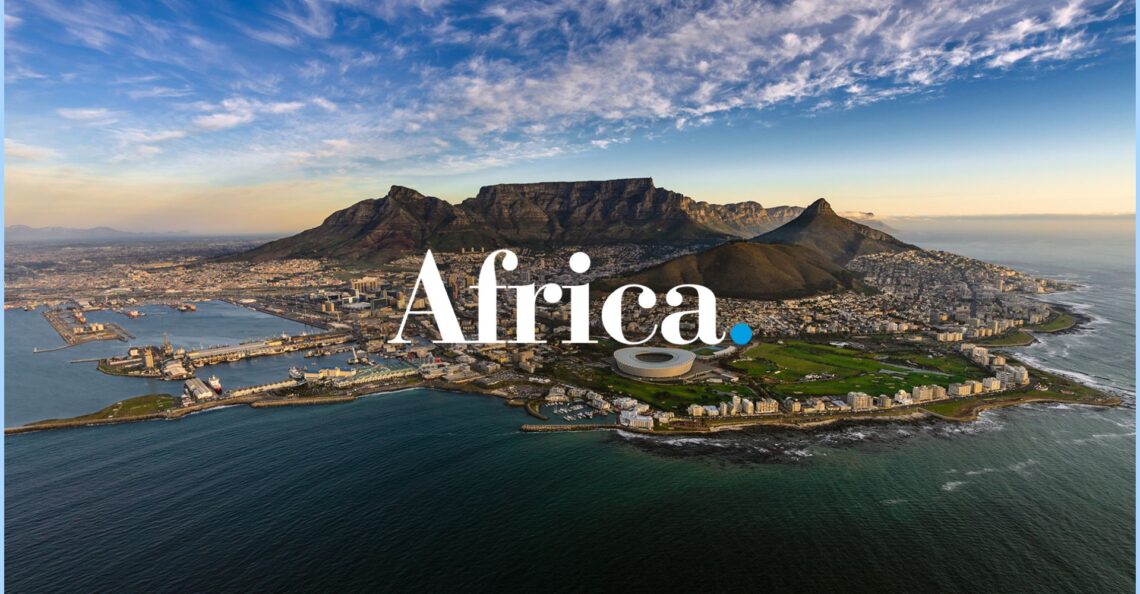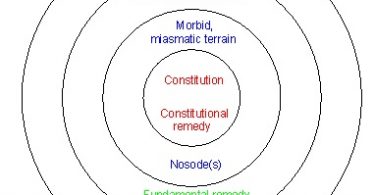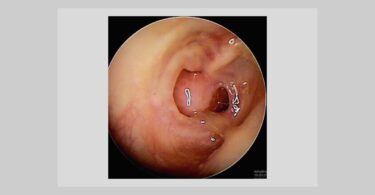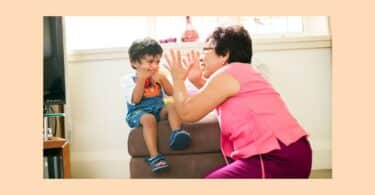Previously I introduced you to myself and the interesting circumstances I found myself in while in South Africa; a white middle class woman, homeopath volunteering in a poverty stricken township and dealing with diseases new to me. This was a challenge and one that set me up for the next 17 years of my life. Part one of my story was published in Hpathy’s journal: https://hpathy.com/homeopathy-papers/how-i-came-to-practice-homeopathy-in-africa/
Starting an NGO
Both my children were attending a Waldorf school. I found out that one of the parents wanted to start a wellness morning clinic in the township where I was already volunteering in the main clinic. I offered my help to set it up. We found a venue, just behind the clinic called the Pink House, and we started enlisting volunteers. The NGO was called Work for Love (WFL).
I left my position at the clinic and moved over to WFL. We had among others a masseuse, homoeopath (me), physiotherapist, Sangorma (traditional African healer) and tarot card reader (!). In the end I was one of nineteen volunteer therapists and I was running the centre. We also ran a creche (nursery).
As each person came into the centre we made a shot of wheatgrass for them. It had a lovely atmosphere and, again, the queues of people never stopped. Plastic chairs were set up for patients and there was the atmosphere of a market.
There were women with children on their laps, eating and drinking, laughing and talking. The outside of the Pink house was a dusty, dirt ground. When the wind blew, which it did often, the dust whirled around and came into the ‘clinic’.
We felt a great need to up level people and offered masseuse trainings. This enabled the qualified masseuse to set up her own practice within the township.
Many of the cases I saw where due to undernourishment, and worms was a big issue. I often gave a prescription of Cina 200 to be taken once a week for a month. This cleared up many of runny noses, coughs and of course swollen bellies.
I remember seeing a man with a snake bite whose leg was black and necrosed and I could see the tendons in his leg. I gave him Crotalus Horridus. Each time he returned, his leg was slowly rebuilding. It took months of treatment, with other remedies to support, for him to heal. I treated a puff adder bite in a similar fashion. The leg was healed in a matter of weeks.
I used Opium often to treat the effects of shock, there is so much to be shocked by. I have found that it brings the patient back into their body and allows them to move through the trauma.
Aches, pains and rheumatic/arthritic symptoms are a common complaint, due to the hard labour many did. Ruta, Rhus-Tox, Bellis, Bryonia and Arnica were common prescriptions.
Strophanthus Hispiidus proved to be a useful remedy for overweight women (and men), who sit for long periods and have heart problems. Sulphur seemed to be a common constitutional prescription in this African culture. There are many skin complaints, so when I was in doubt, I would give a dose and see what would shift in the patient.
Diabetes is a common theme and I made good use of Syzygium jambolanum in a low dose daily.
Still the issue of poverty prevailed, unfed children, violence, alcoholism, abuse, including sexual abuse. Children where always running around on the dusty streets. In an African township all members look after each other’s children. The sharing of resources has to be done to survive. The “uncles” and “aunts” that you are told are looking after children, are actually are neighbours.
It was all a new experience. I was offered sheep’s head suppers, went to ARV meetings, visited entire shacks of disabled people. Something that struck me was that most shacks had only one room, with a TV, a double bed (for up to 8 children), a couple of cooking pots and little else.
Food was cooked on open fires outside the shack. Washing was done by hand and clothes hung in rows. Each shack was neat and tidy. The entrance swept clean. Africans are proud of their homes in the main. The toilets are stand alone and one toilet is to service 100+ people. Water comes from water pumps, next to the toilets, not taps.
The Sangorma (healer in African culture) noticed that I had an ability to see things not mentioned and suggested to me that I initiate. I agreed, not really understanding what I was getting into (story of my life).
I was initiated in front of the whole community, and thankfully my initiation did not require me killing a goat. However, I had to learn the plants and wear the beads. This entails small, white, plastic beads being made by me and worn around both wrists, ankles, my neck and head. This is an indication that I was an initiate, a Twasa, and I would be recognised as walking that path. It is understood in African culture that this is no easy path to be called too.
I found that learning about plants was very useful as I could use the plants in healing. They grew freely, mostly as weeds. I could recommend them to my patients and they could gather and use them for coughs, headaches etc.
For example, Wilde Als (Artemisia) is for strength and also works for parasites. Wild dagga is good for lungs and bronchitis. Imphepho is seen as a cleaner of people and spaces and also invokes the ancestors.
The ancestors are deeply revered in African culture. All healing is done with the ancestor’s knowledge and small gifts are made to them, like brandy or something similar.
Much of my work included providing information about drinking water, which I recommended to be boiled first. A cultural stigma in a township is that if you drink water you are poor. If you drink coca cola you are rich.
Most people here have very little money, so encouraging a good diet was a challenge. Most eat pap (maize meal), which is without doubt GMO laden, and processed foods and sugar rich drinks (some put 5 teaspoons of sugar in each cup they drink.)
The remedies where well accepted as muti, the word for medicine. Again, I was working fast and my therapeutic knowledge was being tested. I had to become quick at questioning, repertorising and prescribing.
All of the remedies were funded by me and I had to find an alternative to giving my pills. I decided that each patient had to bring a 500ml bottle of water with them and I would dispense one pill into that and they would shake the bottle and take a cap of the water as a dose. This really helped me enormously, as I was running out of blanks and bottles.
A couple of times there where riots/demonstrations (Toitoi). We were always told to get out first. The people of the township appreciated our presence and would rush in and tell us to leave immediately, knowing that we would be targets during such a time.
I felt safe to walk around the streets of the township with a translator spreading the news of The Pink House clinic as posters do not work due to the lack of education. Reading and writing is absent for many of the older generation. Things are known through conversation, so we walked the streets and shouted the news. The people who came to the clinic signed an indemnity form, which we often filled out and was signed with an X.
I became known as sissy Reebs (sister Rebecca). This was not seeing me as a nurse Sister but a family sister, quite an honour.






What a lovely story. The richness of homeopathy in action. Thank you
Thank you Carole, I appreciate your comment and I am honoured to be a Homoeopath that has had these opportunities, tbh my story gets better. Bless you.
I’ll look forward to your next instalment . 😊
So enjoyed reading your story Rebecca. Please write a part 3!
Hello Nyema. Thank you for your comment, I appreciate your enjoyment. I have sent part 3 to Alan and I hope you find the next installment as interesting. Bless you.
What a rich and interesting story!?
Many thanks Noel, yes as a Homoeopath I have been able to use this remarkable healing tool for good. My story gets better (if you can believe it) as I journey along. Bless you for commenting.
Did you read the first installment Carole?
I really enjoyed reading your story Rebecca, thank you so much for sharing it here. It puts things in perspective and is inspiring, thank you!
Just listened to your podcast with Eugenie, really inspiring. You’re living my dream! I’m intrigued about remedies for EMF/cell towers – haven’t heard about any up to now. Is there further reading you might be able to direct me to or have you any blogs on the subject? Thanks!